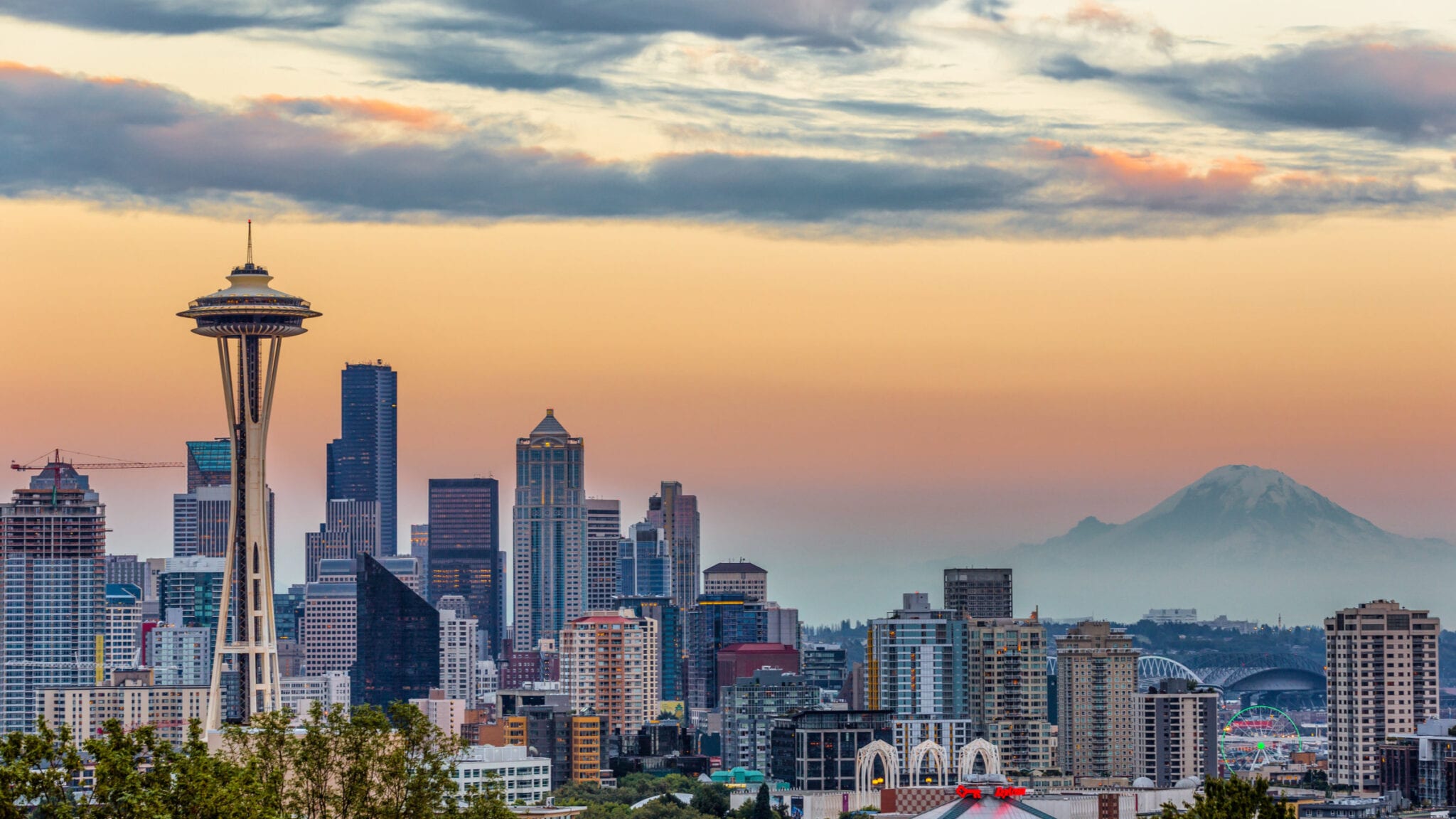
Seattle skyline (TomKli via Shutterstock)
Move over, Boston and San Francisco? Seattle tops list of fastest growing biotech hubs for job opportunities — report
Boston and San Francisco have long been established as the two biggest biotechs hubs in the nation, homes for R&D that has spread its tentacles …
Sign up to read this article for free.
Get free access to a limited number of articles, plus choose newsletters to get straight to your inbox.